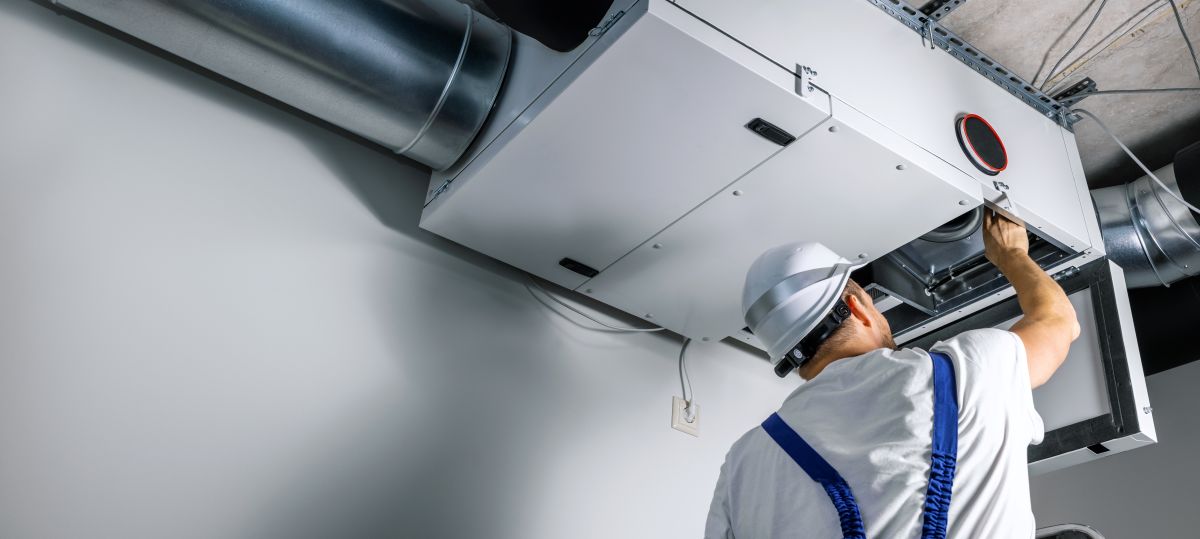What’s a Rich Text element?
The rich text element allows you to create and format headings, paragraphs, blockquotes, images, and video all in one place instead of having to add and format them individually. Just double-click and easily create content.
Static and dynamic content editing
A rich text element can be used with static or dynamic content. For static content, just drop it into any page and begin editing. For dynamic content, add a rich text field to any collection and then connect a rich text element to that field in the settings panel. Voila!
How to customize formatting for each rich text
Headings, paragraphs, blockquotes, figures, images, and figure captions can all be styled after a class is added to the rich text element using the "When inside of" nested selector system.
- This is a list item
- Another list item
- Numbered item
- Another numbered item
Some link
Sprinkler inspections are a very important process to ensure that your facility is protected when it needs to be. The conditions that we will be looking at can have a detrimental effect on the performance of sprinklers by affecting water distribution patterns, insulating thermal elements, delaying operation, or otherwise rendering the sprinkler inoperable or ineffectual. I will be discussing just some of the inspections that are required for sprinklers that some organizations may not be fully aware of.
The requirements for the inspection of sprinkler systems comes from the 2011 edition of NFPA 25. Under chapter 5 is where you will find some of those requirements.
Here are a few requirements:
- Sprinklers shall be inspected from the floor level annually.
- Sprinklers shall not show signs of leakage; shall be free of corrosion, foreign materials, paint, and physical damage; and shall be installed in the correct orientation (e.g., upright, pendant, or sidewall).
- Any sprinkler that shows signs of any of the following shall be replaced:
- Leakage
- Corrosion
- Physical damage
- Loss of fluid in the glass bulb heat-responsive element
- Loading
- Painting unless painted by the sprinkler manufacturer
- Any sprinkler that has been installed in the incorrect orientation shall be replaced.
- Glass bulb sprinklers shall be replaced if the bulbs have emptied.
- Sprinklers installed in concealed spaces such as above suspended ceilings shall not require inspection.
- The supply of spare sprinklers shall be inspected annually for the following:
- The correct number and type of sprinklers as required by 5.4.1.4 and 5.4.1.5
- A sprinkler wrench for each type of sprinkler as required by 5.4.1.6
Many organizations will get cited around spare sprinkler heads.
Spare Sprinkler Head Requirements:
- A supply of spare sprinklers (never fewer than six) shall be maintained on the premises so that any sprinklers that have operated or been damaged in any way can be promptly replaced. Note: A minimum of two sprinklers of each type and temperature rating installed should be provided.
- The sprinklers shall correspond to the types and temperature ratings of the sprinklers in the property.
- The sprinklers shall be kept in a cabinet located where the temperature in which they are subjected will at no time exceed 100°F (38°C).
- Where dry sprinklers of different lengths are installed, spare dry sprinklers shall not be required, provided.
- A means of returning the system to service is furnished.
- The stock of spare sprinklers shall include all types.
- Ratings installed and shall be as follows:
- For protected facilities having under 300 sprinklers—no fewer than 6 sprinklers
- For protected facilities having 300 to 1,000 sprinklers — no fewer than 12 sprinklers
- For protected facilities having over 1,000 sprinklers — no fewer than 24 sprinklers
- A special sprinkler wrench shall be provided and kept in the cabinet to be used in the removal and installation of sprinklers.
- One sprinkler wrench shall be provided for each type of sprinkler installed.
- A list of the sprinklers installed on the property shall be posted in the sprinkler cabinet.
- The list shall include the following:
- Sprinkler Identification Number (SIN) if equipped; or the manufacturer, model, orifice, deflector type, thermal sensitivity, and pressure rating
- General description
- Quantity of each type to be contained in the cabinet
- Issue or revision date of the list
Note: The minimum information in the list contained in the spare sprinkler cabinet should be marked with the sprinkler identification described in 6.2.1; a general description of the sprinkler, including upright, pendent, residential, ESFR, etc.; and the number of sprinklers that is to be maintained in the spare sprinkler cabinet.
Organizations need to evaluate their sprinkler program to these requirements to prevent any issues during an inspection.
About the author

William Kinch
MHA, HACP Senior Facilities Specialist at Center for Improvement in Healthcare Quality (CIHQ)
CIHQ - Center for Improvement in Healthcare Quality
William (Billy) Kinch is the Senior Facilities Specialist at Center for Improvement in Healthcare Quality. He has been with the company since 2014, and is responsible for conducting CMS accreditation surveys and inspecting healthcare compliance to the Care Environment (CE), including the Life Safety Code, and Emergency Preparedness (EP) standards. Billy recently helped to develop CIHQ’ s Healthcare Accreditation Certified Professional in the Physical Environment (HACP-PE) certification program. Billy has worked in healthcare for over 20 years. Prior to joining CIHQ, he served as the Safety Officer and Disaster Preparedness Coordinator in a hospital where his duties included maintaining compliance to regulations related to the Physical Environment, Life Safety, Emergency Preparedness, OSHA, EPA, and other safety/security regulations. Billy has a Master’s in Healthcare Administration and a Bachelor’s in Education. His combined education and experience allow him to demonstrate to his colleagues, hospital leadership, and Quality/Safety administrators that he understands the where, why, and how facilities meet or exceed CMS standards.










.svg)














.svg)






.svg)
.svg)
.png)